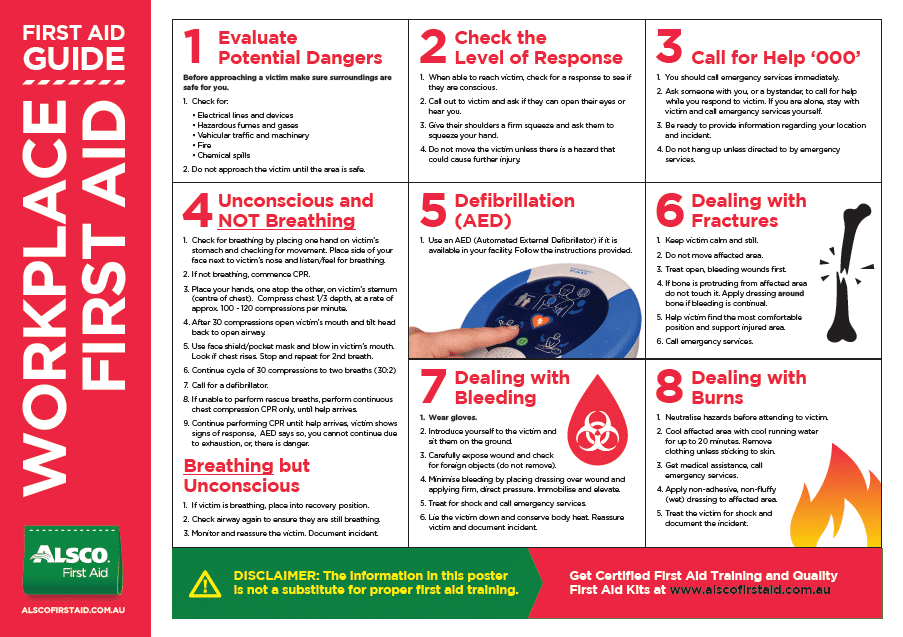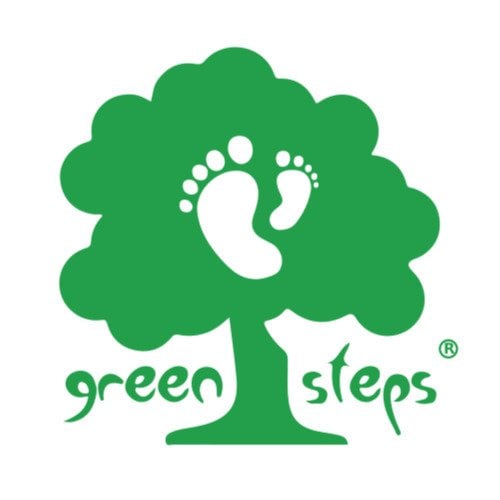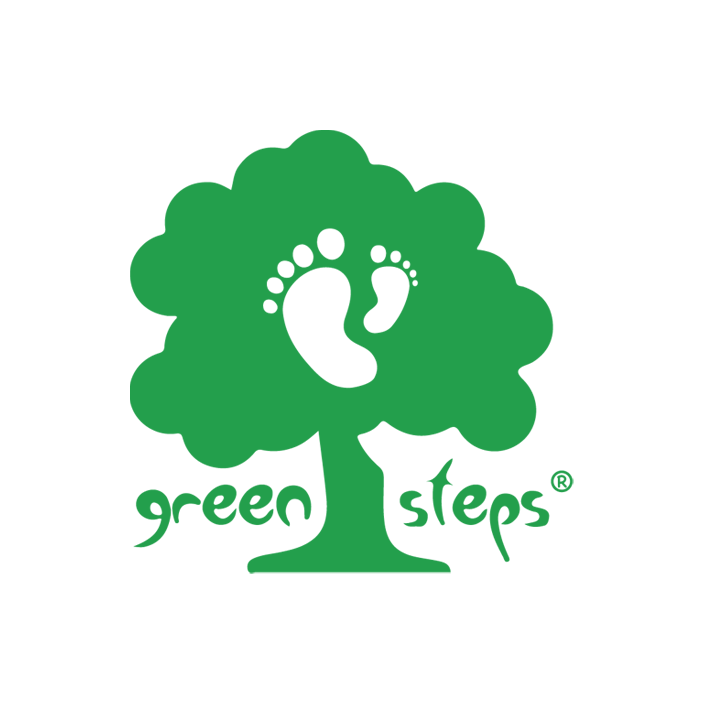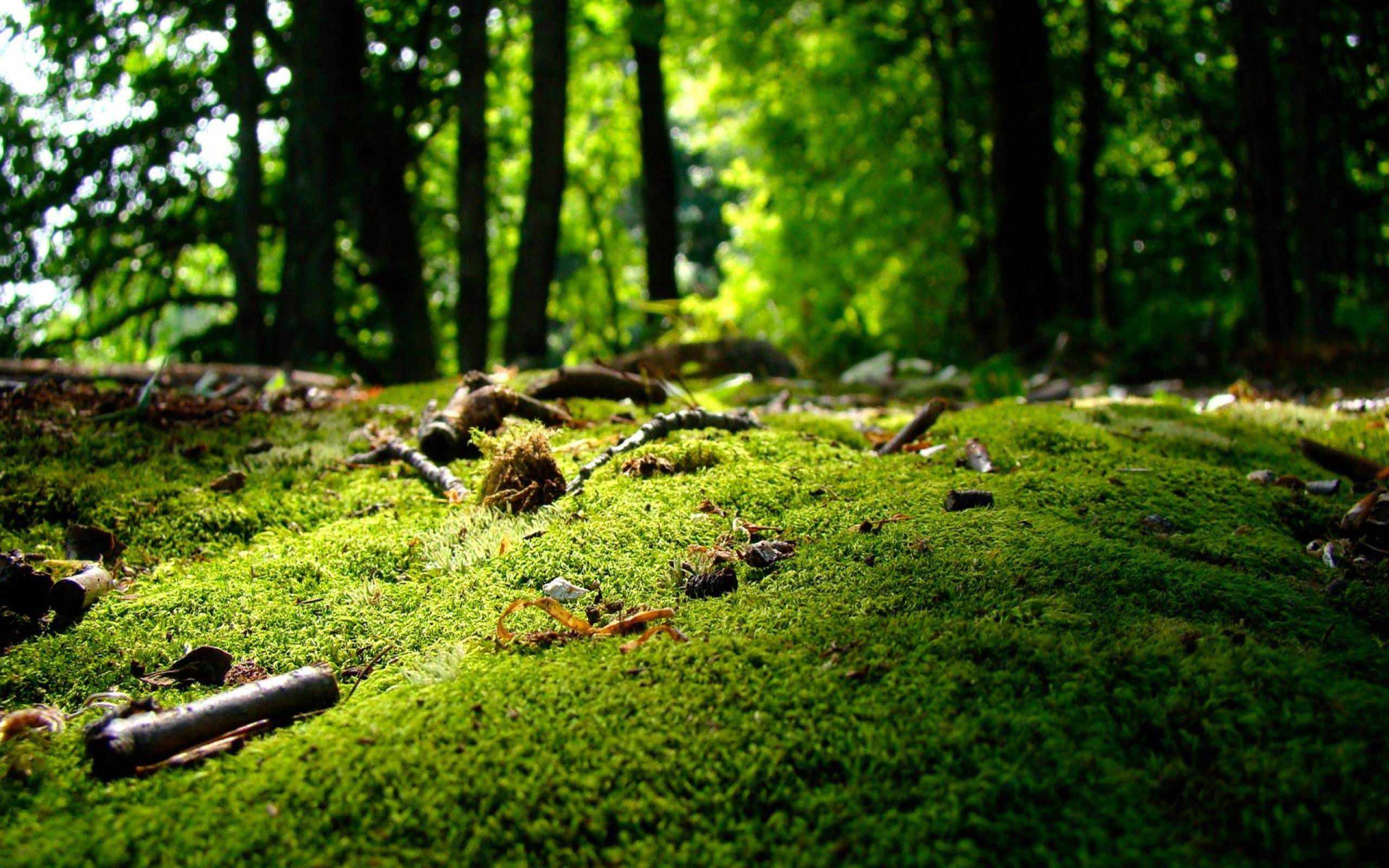Author:
Green Steps
Short summary:
This is a review of our annual 1st aid training which is compulsory for Green Steps Nature Guides and open to participation for parents and teachers.

Mar 5, 2021. Two aspiring Nature Guides, two qualified Nature Guides and a grandmother wanting to feel confident when outdoors with her grandchildren participate in a 1st Aid training facilitated by Dr. Susanne Bruckner, an experienced emergency doctor with the Red Cross and a ski tour guide with the Austrian Alpine Association. We are hosted by the Garden of Generations, a sustainable community project, which prototypes transgenerational living conditions.
Green Steps has set a basic standard for Nature Guides: if you want to facilitate Green Steps activities, you need to have taken a 1st aid training with a recognized training institution. Every two years this training needs to be refreshed in order to keep your facilitator license. Being able to respond to emergency situations is the very condition to guarantee a safe experience for participating children and give parents the feeling that their offspring is well taken care of.
A typical 1st aid training consists of an introduction to risks and dangerous environments and then quickly moves on to instruct rather practically on how to deal with specific emergency situations like strong bleeding, heart attack, unconsciousness or poisoning. A re-qualified training participant should feel confident to understand the emergency situation, apply compression bandages, execute a heart massage, use a defibrillator, etc. However, when we analyze how most accidents occur, then we note that 90% emergency situations could have been avoided with improved prevention measures, e.g. a deep knife cut might have been prevented by strictly following three simple rules:
1. Only work in a safe environment where nobody else can interfere with you handling the knife
2. Objects which are to be cut must be placed on a solid surface which cannot move and thus reduces the risk of slipping off with the knife from the object which needs to be cut.
3. Never multitask when handling sharp objects – focus on the blade, your fingers and the object you want to cut.
It’s the prepared environment which in the Montessori Method harvests the best learning outcomes; it is the prepared environment which reduces the risk of accidents. Considering this 90/10 ratio, accident prevention and risk assessment should make up a large part of trainings, yet it is often bluntly neglected.
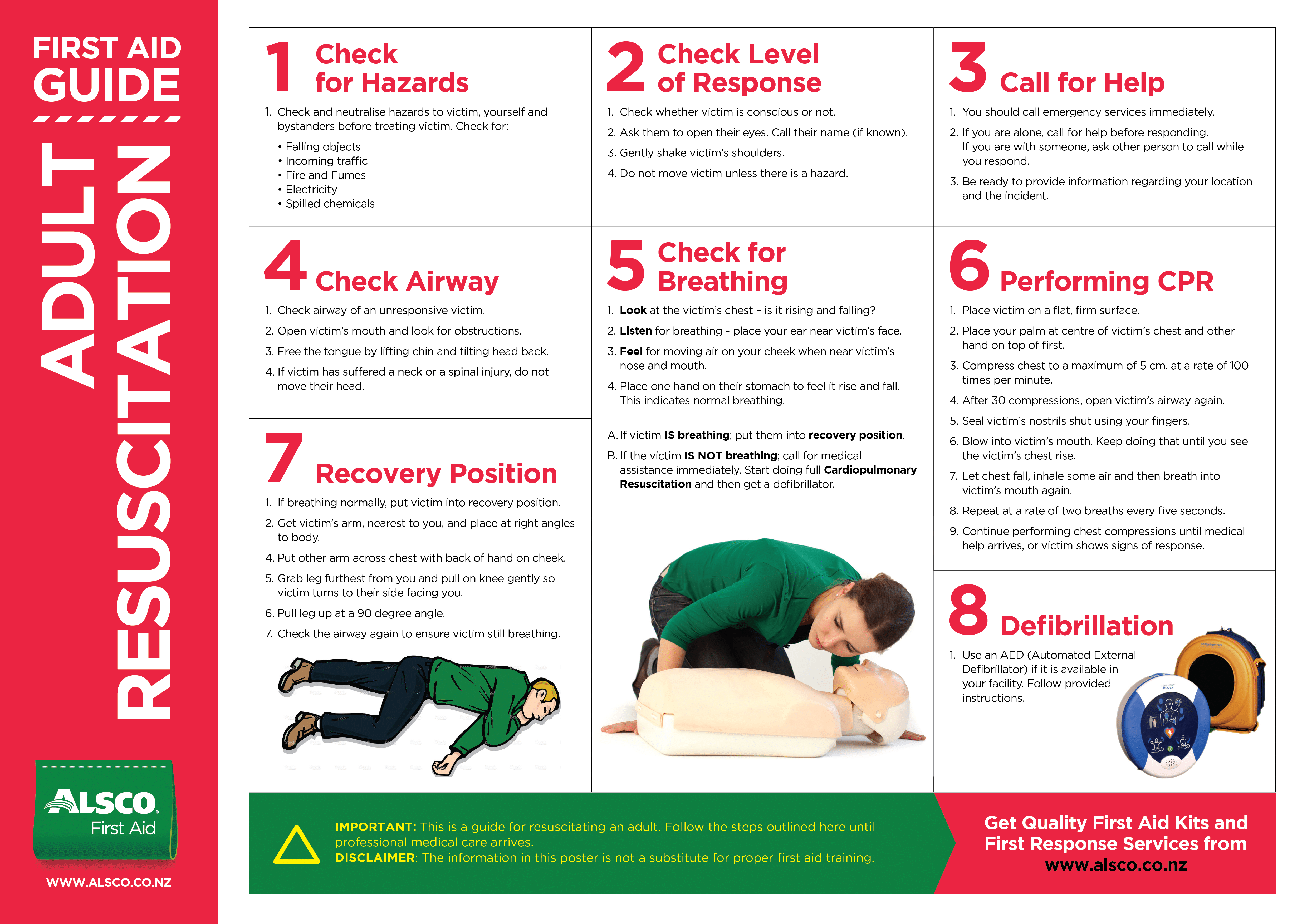
From procedural perspective the first step in a 1st aid procedure relates deepest to accident prevention. Upon entering a scene, the emergency first responder needs to be capable of quickly assessing the situation. Where am I? What has happened? What are the risks to the victim, myself and others? Can I risk providing support or do I put myself in excessive danger? Such a quick assessment is made easier if we think of different accident realms which are pertinent to a typical cluster of risks such as in this demonstrative list:
- Mountain: usually induce climbing accidents
- Water: beaches, shores, lakes and rivers are typically related to drowning
- Road: any area which is used by speeding vehicles induces traffic accidents
- Electricity: in- and outdoor electrical installations
- Fire: open fireplaces and cooking appliances
- Chemicals: injuries caused by being in contact with chemicals
- Body temperature: heatstroke due to sun exposure or hypothermia due to continuous exposure to low temperatures
- Animal: emergency situations caused by poisonous are dangerous animals (including other humans).
If is safe to say that most first aid is provided by people who are familiar with the victim and the space where the first aid situation arises. Effective support can be given if we do have already information about the person affected and know where to find what in the location of emergency. Such preparation can start for a Nature Guide simply with collecting information about allergies or existing diseases and by being familiar with the content of the 1st aid kit carried in one’s backpack.
Familiarity with the space where we run our activities is a much more complex task, but it helps to not only avoid emergency situations, but also feeling confident to provide effective support in case accidents occur. Risk assessment and safety measures e.g. on how to organize a campfire are therefore at least as important as re-qualifying every two years as an emergency first responder.
